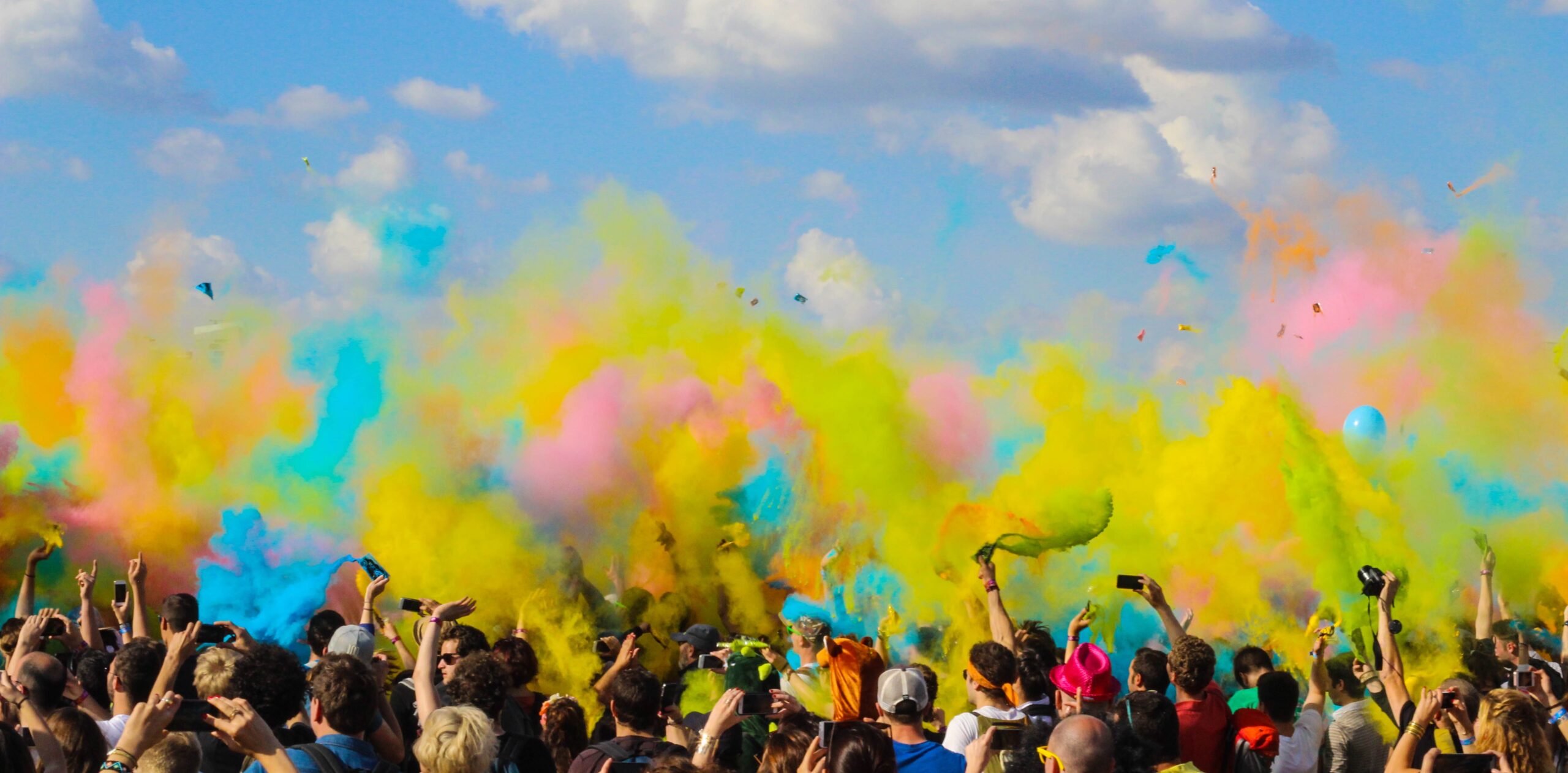Holi, also known as the Festival of Colors, Love, and Spring, is one of the most vibrant and significant festivals in Hindu culture. This joyous occasion brings people together to celebrate the triumph of good over evil, the arrival of spring, and the spirit of unity and love. In this blog, we will explore the origins, traditions, and significance of Holi, as well as the joyous celebrations that take place during this colorful festival.
Table of Contents
1. The Origins of Holi
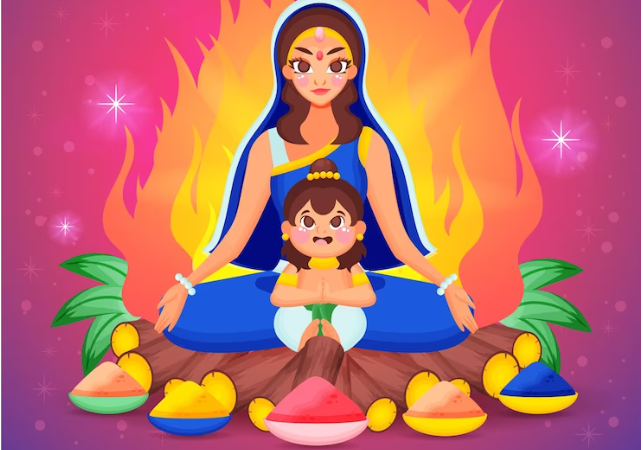
Holi’s origins can be traced back to ancient Hindu mythology, with two prominent legends associated with its celebration. The first revolves around Prahlada, a devout follower of Lord Vishnu, and his evil aunt, Holika. According to the legend, Holika tried to kill Prahlada by sitting with him in a bonfire, but her evil intentions were thwarted, and Prahlada emerged unharmed.
This symbolizes the victory of good over evil and is commemorated with the lighting of bonfires on the eve of Holi, known as Holika Dahan.
The second legend is centered around the love between Lord Krishna and Radha. It is believed that Lord Krishna, with his mischievous nature, playfully smeared colors on Radha’s face, and this act of love became a cherished part of Holi celebrations.
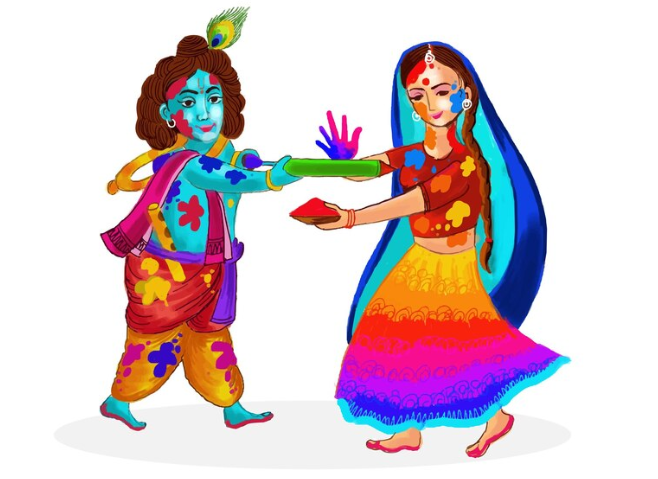
2. The Festival of Colors
Holi is most famously associated with its exuberant use of colors. On the day of Holi, people of all ages gather in open spaces and drench each other with colored powders and water. This colorful tradition symbolizes breaking barriers, spreading joy, and fostering unity among communities. Holi is a time when social norms are set aside, and people of different backgrounds come together to celebrate as one.
3. Embracing Love and Forgiveness
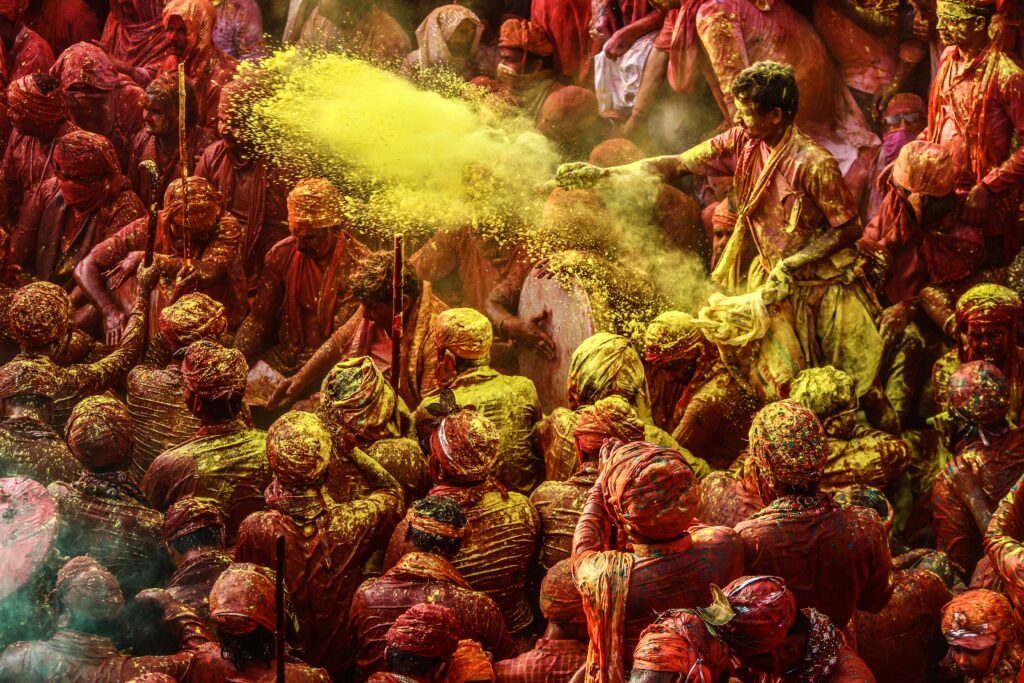
Beyond the vibrant colors, Holi is also a festival of love and forgiveness. It is a time for people to mend broken relationships and let go of grudges. Friends and families exchange warm wishes, embrace each other, and celebrate the bonds of love. Holi’s message of love and unity resonates deeply, making it a cherished festival for people across various cultures and religions.
4. The Arrival of Spring
Holi is celebrated in the spring season, marking the end of winter and the beginning of a new season of growth and prosperity. The festival coincides with the blooming of flowers and the renewal of nature, symbolizing the cycle of life and rejuvenation. As people come together to celebrate Holi, they also pay tribute to the beauty of nature and the cycles of life.
5. Traditions and Celebrations
Holi is a multi-day festival that begins with Holika Dahan on the night before the main day of Holi. Bonfires are lit to symbolize the triumph of good over evil. The next day, people gather to play with colors, exchanging greetings, and sweets.
One of the most famous Holi traditions is the use of “gulal,” a type of colored powder made from natural ingredients. People smear gulal on each other’s faces, dance to traditional music, and indulge in festive delicacies.

6. Holi Around the World
While Holi has its roots in Hindu culture, its spirit of love, unity, and color has transcended boundaries and is now celebrated in many parts of the world. In countries like Nepal, Bangladesh, and Sri Lanka, Holi is a national holiday and a time of great excitement and festivity. In recent years, Holi celebrations have also gained popularity in various Western countries, where people from diverse backgrounds come together to experience the joy of the Festival of Colors.
7. Preserving Traditions and Values
As Holi continues to evolve and adapt with changing times, there is a growing emphasis on preserving its traditional values and cultural significance. Efforts are being made to use eco-friendly colors and promote a safe and inclusive celebration of the festival. Additionally, Holi serves as a reminder of the importance of safeguarding cultural heritage and passing down cherished traditions to future generations.
Conclusion
Holi, the Festival of Colors, Love, and Spring, is a time of joy, togetherness, and renewal. As people immerse themselves in a sea of colors, they also immerse themselves in the spirit of love, forgiveness, and unity. Holi is more than just a festival; it is a celebration of life and all its vibrant hues. So, let us come together and embrace the magic of Holi as we spread happiness and love in every corner of the world.
FAQs
1. When is Holi celebrated?
Holi is typically celebrated in March, during the full moon day of the Hindu lunar month of Phalgun.
2. How long does Holi last?
Holi is a two-day festival. The first day involves the lighting of bonfires on Holika Dahan, and the second day is the main day of colorful celebrations.
3. Is Holi only celebrated by Hindus?
While Holi has its origins in Hindu culture, it is now celebrated by people of various religious and cultural backgrounds across the world.
4. Are the colors used in Holi safe?
Efforts are being made to promote the use of eco-friendly and natural colors to ensure a safe and environmentally friendly celebration of Holi.
5. What are some traditional Holi delicacies?
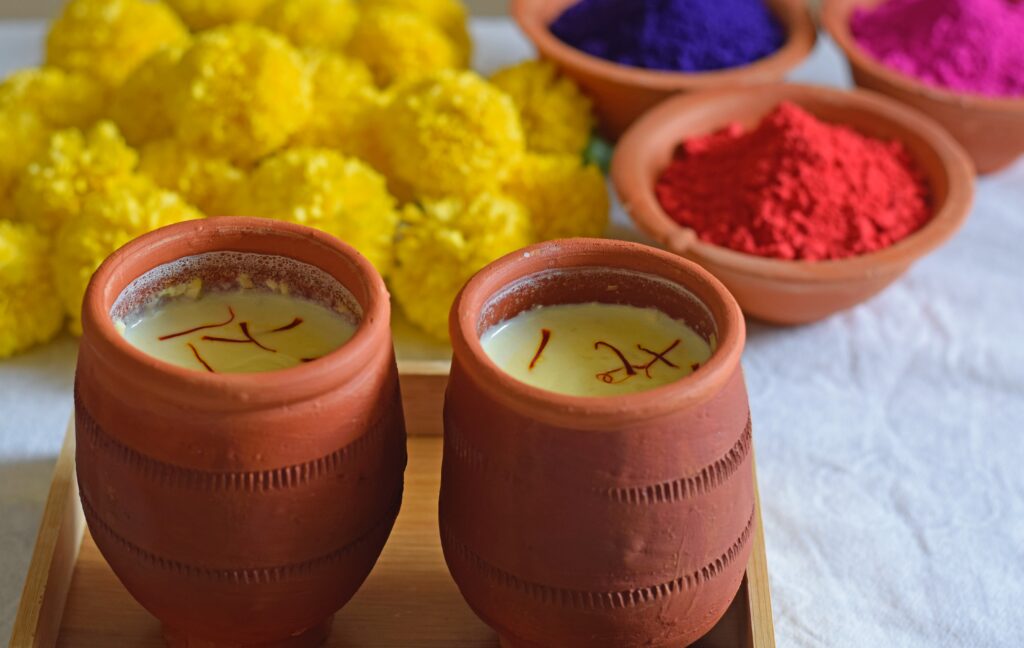
Some traditional Holi delicacies include gujiya (sweet dumplings), thandai (a spiced milk-based drink), and puran poli (sweet flatbread).
6. How is Holi celebrated in different regions of India?
Holi celebrations vary across different regions of India, with each place having its own unique customs and traditions. For example, in Mathura and Vrindavan, the festivities extend over several days and involve colorful processions and plays depicting the life of Lord Krishna.
7. Can tourists participate in Holi celebrations in India?
Yes, tourists are welcome to join in the Holi celebrations in India. Many cities, especially tourist destinations, organize special events for visitors to experience the joy of Holi in a safe and enjoyable manner.
8. What is the significance of Holika Dahan?
Holika Dahan symbolizes the victory of good over evil. The bonfire lit on this day represents the burning of the demoness Holika, who tried to harm Prahlada but failed in her wicked intentions
Explore other Indian festivals Navratri
